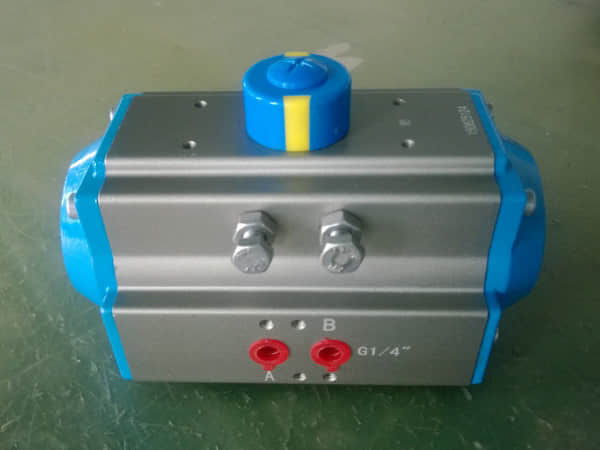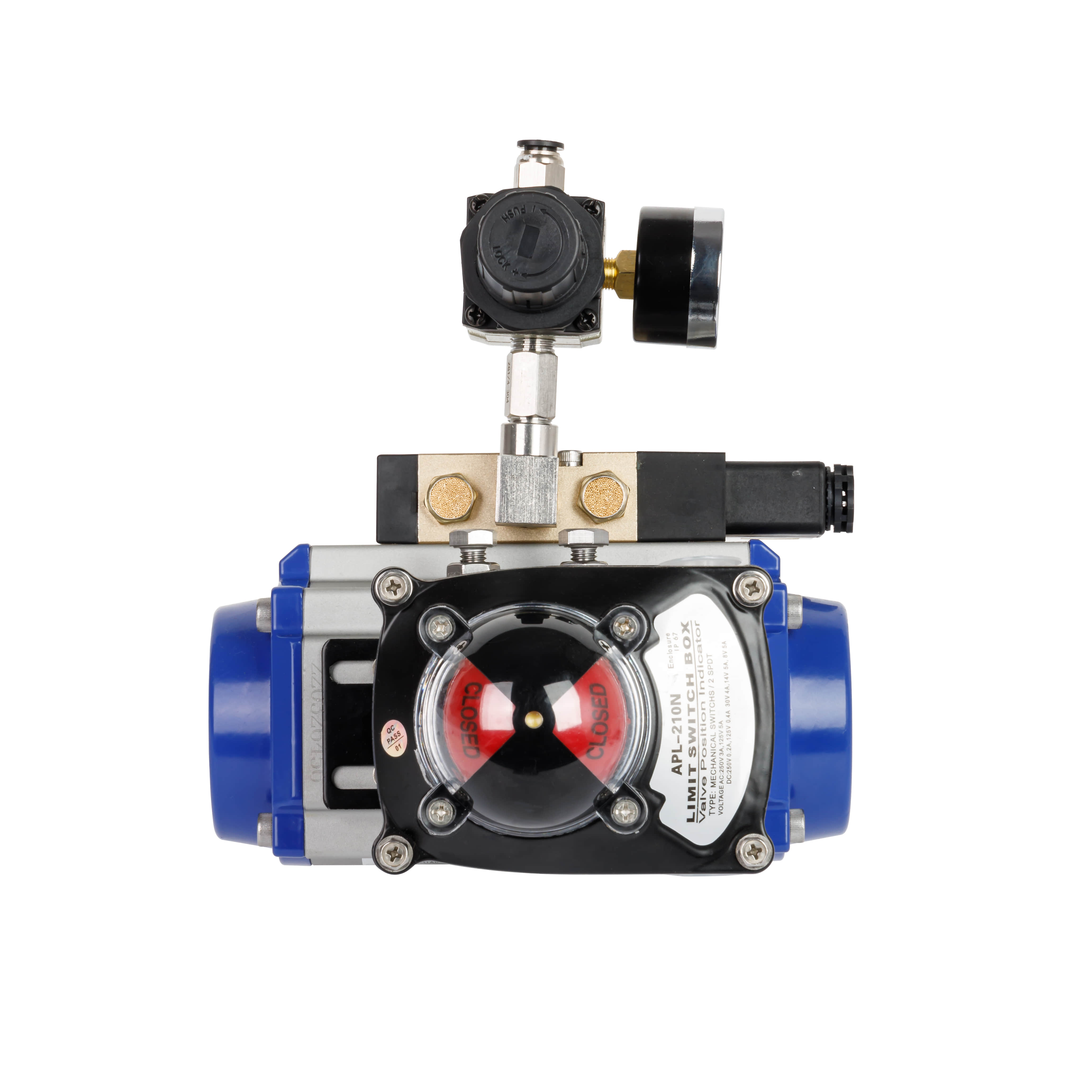
In the realm of industrial automation and control systems, the pneumatic actuator stands as a testament to the ingenuity and efficiency of modern engineering. This device, powered by compressed air, converts pneumatic energy into mechanical motion, enabling precise and reliable operation of valves and other control elements.

The pneumatic actuator, also known as a pneumatic drive or air actuator, operates on the principle of using compressed air to create a force that can be harnessed to perform work. The actuator typically consists of a cylinder, piston, and seals that work together to convert the pneumatic pressure into linear or rotational motion. This motion, in turn, is used to open, close, or modulate the position of valves in various industrial processes.

